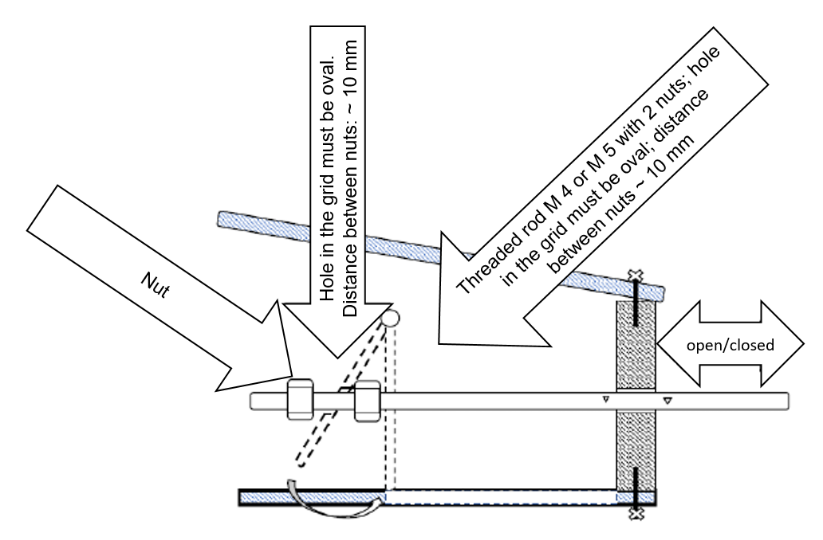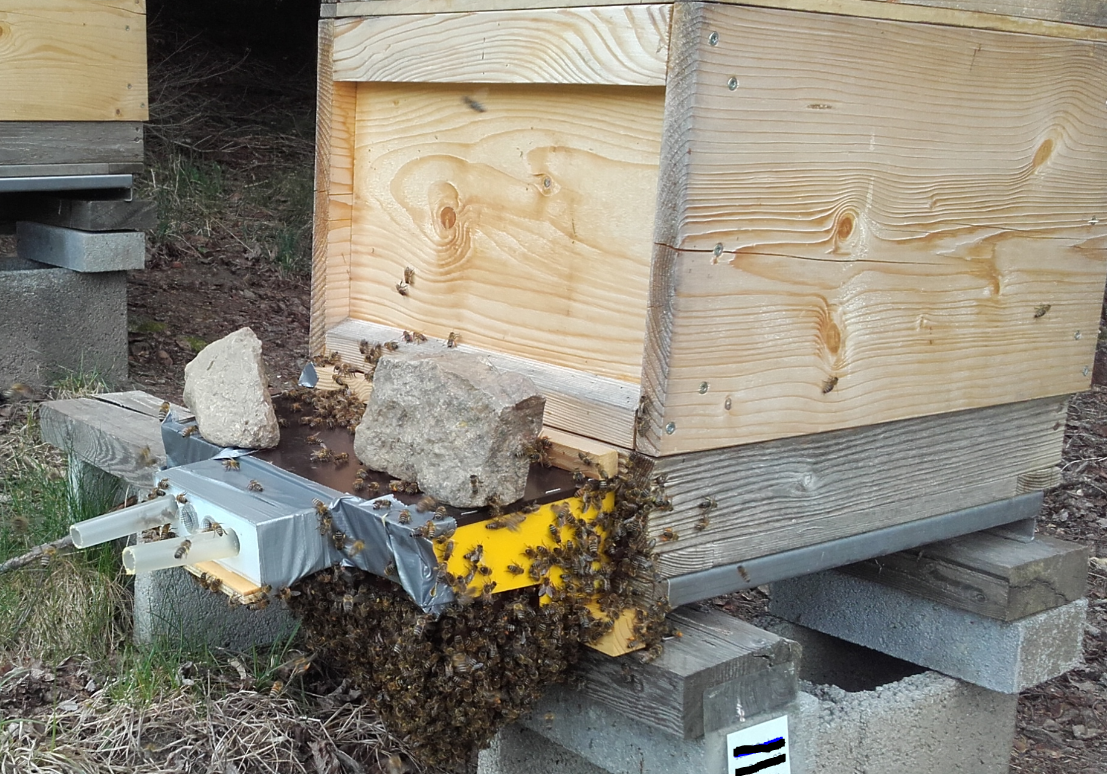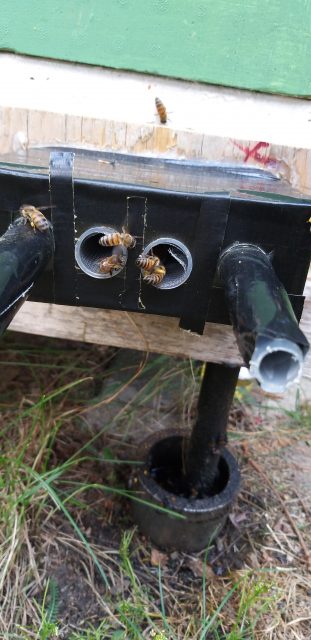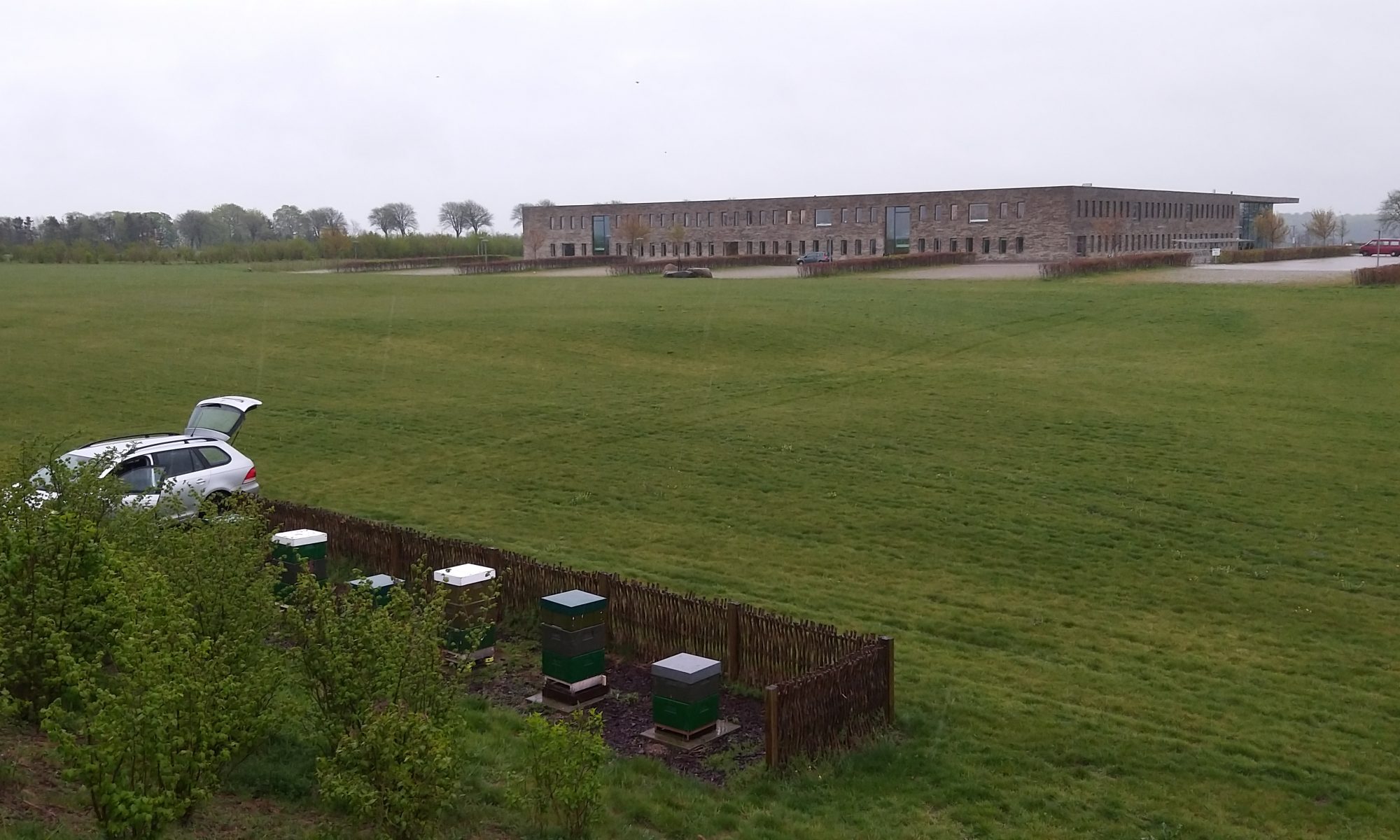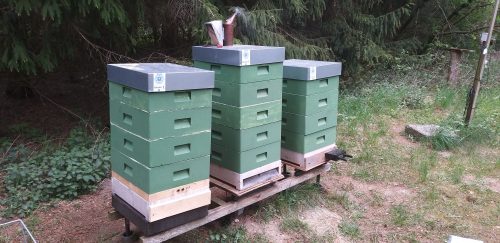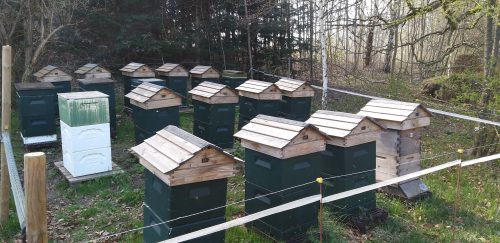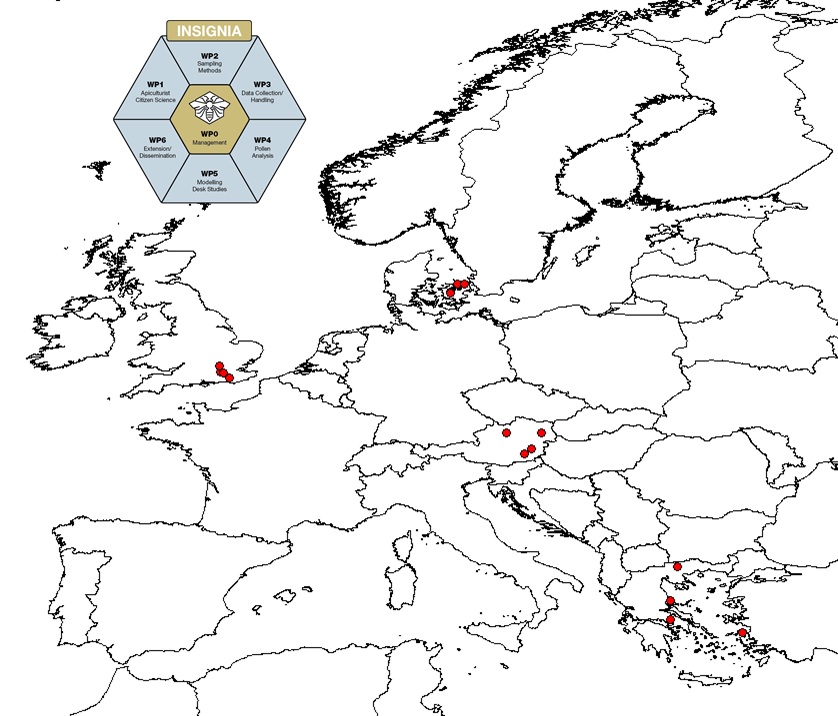The second stage; from year 1 sampling to the evaluation of the results.
We depart for the second stage. Most of the preliminary studies planned in stage 1, from kick-off to sampling commencement, are done, coming to an end in the months to come or will start soon. Surely new questions will raise and are to be addressed in the project course. Within six months after the attribution of the Grant Agreement in the last week of October 2018, the sampling begins this weekend of 28 April 2019. After the preparations as there were telemeetings, study set-up discussions, and agreements on numbers of colonies, number of apiaries, number of samplings, matrices replications and combinations, development of the APIStrip, local organization of the beekeeper citizen scientists, picture manual, tutorials and other instruction tools, questionnaire, preliminary pollen- and pesticide residue binding- and deterioration tests, practical lab and field work, initiation of the sociological study, the dissemination structure and a lot of everyday issues, the field work starts. This is exciting because we are doing pioneering work with the non-invasive sampling, with the non-biological matrices APIStrip and Beehold tubes, the new beebread collection tool, the familiar pollen trap, apiculturist citizen scientist for pesticide monitoring and the first sociological evaluation of apiculturist citizen scientists. We will encounter a lot of practical issues like swarming, drought, heavy rainfall, supersedure, and issues we can not imagine now. It is up to the Insignia team to find answers and solutions. It will be as challenging as stage 2 and the Insignia team is aware of this and accepts.


